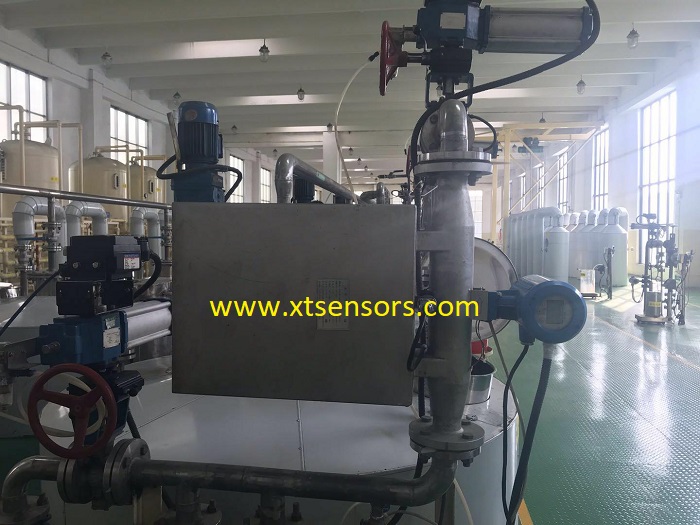Common failures and analysis of Coriolis mass flowmeter
Coriolis mass flowmeter failures in use are generally divided into two categories: measurement failures caused by process reasons and failures caused by damage to the flowmeter itself.

Measurement failures caused by process reasons:
The most common is the phenomenon of two-phase flow in the measured fluid.
Specific to the measurement of liquids,
Mainly because the measured liquid is not filled with the flow meter measuring tube
Or gas accumulates in the upper part of the measuring tube,
Or solid impurities enter the measuring tube to become the master,
A mass flow meter failure alarm is triggered.
Approach:
By exhausting gas, changing the installation method, etc.,
Ensure that the fluid measured by the mass flow meter is a one-way flow,
Take measures to remove solid impurities in the measuring tube.
Coriolis mass flowmeter itself is damaged, causing flowmeter failure:
The most common ones in use are water in the flowmeter junction box or loose wiring that causes short circuits, signal loss, and other faults.
Approach:
In addition to strictly regulating on-site installation,
Daily detailed inspection and maintenance are required,
To prevent more serious faults such as burning of the sensor coils caused by untimely handling.
The transmitter circuit board is damaged. The most common fault is the damage of the transmitter’s power supply board and signal processing output board.
Approach:
In addition to strictly standardizing cable signal wiring, lightning protection and grounding measures must be taken.
Use an independent stabilized power supply to ensure the reliability of the power supply,
Prevent large fluctuations in the power supply voltage from burning down the device.
Split type mass flowmeter, because the signal cable connection pipe is not well sealed, the rainwater leaks to the sensor and burns the drive coil.